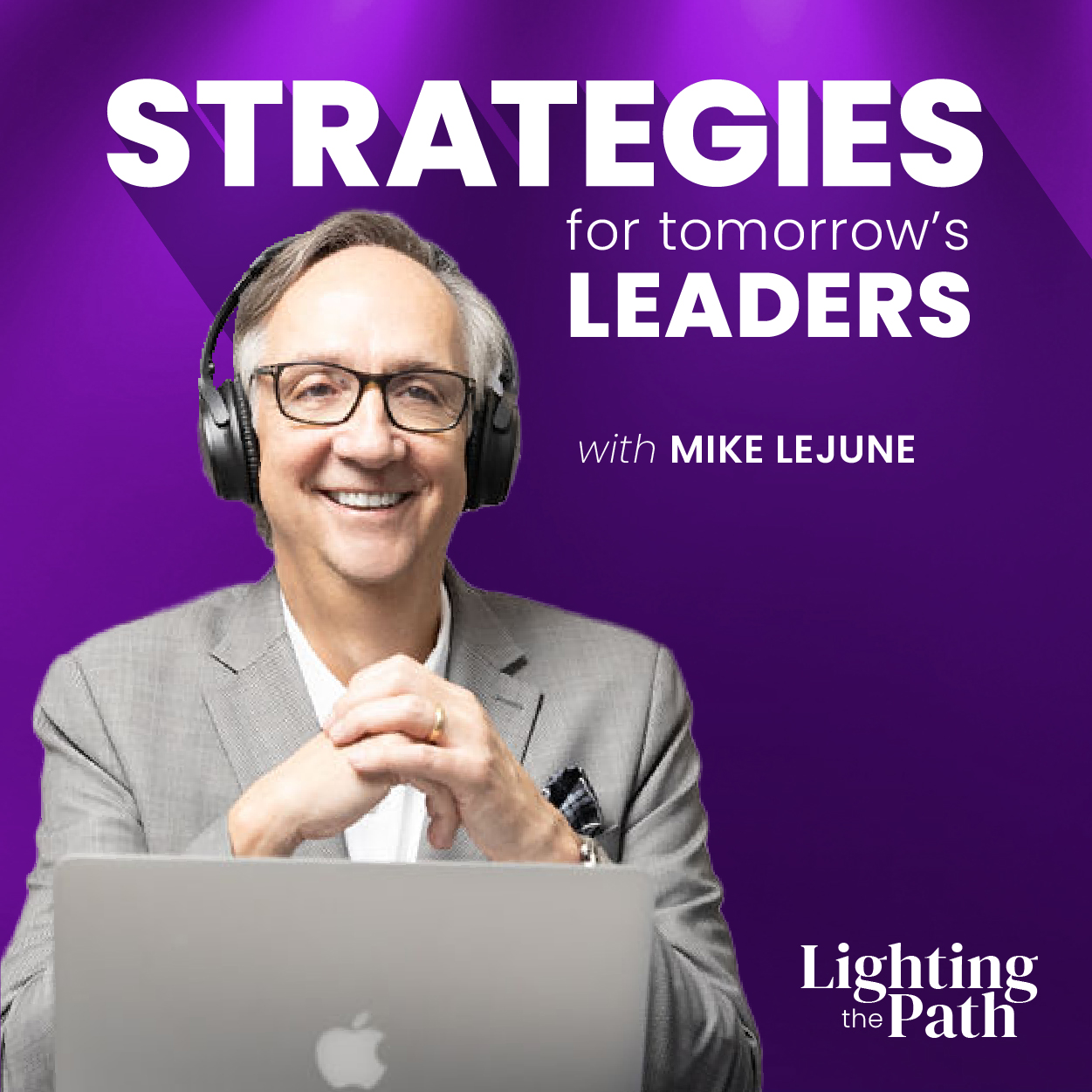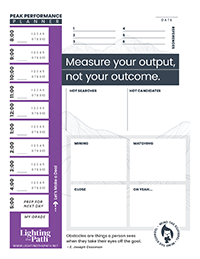On most Fridays, Tommie, my wife, and I grab dinner and a movie to wind down from the hectic pace of trying to run our own businesses balanced with church and civic obligations. She has wanted to see “A Better Life” for weeks but it kept sliding to the bottom of the selection list. I’m glad it finally made it to the top because not only was it highly entertaining, it was a movie that keeps playing in my mind. The story was built on a father and son relationship in California. The dad worked for a landscaping business and was an illegal immigrant desperate for some way to earn citizenship. The son was a typical teenage boy, trying to find his way through school, a girlfriend, no longer playing soccer and trying to stay away from the pull of gangs in his neighborhood. Facing hardships unimaginable by most of us, the father was diligent in his example of responsibility and living a life filled with hope. Slowly, his son recognized the truth in his father, and drew closer. His father showed with his actions that the pursuit of hope for a better tomorrow is the fuel necessary to blast our way through the difficult moments that life throws at us. This storyline got me thinking: Our primary mission as a leader is devotion to create an atmosphere of hope. I’ve often stated that hope is not a strategy. However, without hope there is no strategy.
So what steps do we take to create an environment that permeates hope?
1. Are you focused on accountability or results?
Responsible people sometimes need help in being held accountable. Do you focus on the process and lose sight of the results you are seeking? Looking for obstacles that slow down activity or blur the vision of our associates sends a signal that you understand the difficulty of their role and you help provide solutions, not just reports.
2. Are you open for chat time?
A client at one of the largest energy companies in the world recently shared that some people drop into his office for direction that only takes five minutes yet stay to visit for twenty minutes. He pointed out that they seem to have more fire and focus. As I reflected the message, it dawned on me that those individuals felt connected to the organization due to the personal interaction with their manager. It doesn’t take happy hour and a pitcher of beer to build productive work relations.
3. How much time do you spend in tune ups instead of the big annual review?
Hallway chats, simple interactions after meetings to offer feedback, guidance or affirmation lets your team know you care about them, which raises the anticipation of long range growth potential.
4. Do the individuals on your team know that you know what is important to them?
Mike Richter, CPA, Managing Director of UHY, one of the largest accounting and consulting firms in the country, commented that he focuses in the interview on looking for someone’s dreams. I thought this was somewhat odd for a firm that hired a drove of accountants each year. If someone had no dreams, the energy they brought into work seemed to wane very quickly; if it shows up at all.
5. Do you recognize the small steps taken daily or weekly?
We operate at times what seems to be close to the speed of light. It is easy to get caught up being focused on what isn’t done instead of what is accomplished. Newer people want to be involved and having an impact on the organization TODAY! What they sometimes lack, however, is the business maturity to see the whole process or the steps required for successful initiatives. We don’t have to be helicopter managers, yet we do need to help them see where they are in their growth cycle.
People want to perform, they want to be involved, and they want to contribute. As you walk around your office today, are you offering a path filled with hope or simply delegating tasks? I believe that hope is one of the magic keys that unlock the doors of involvement, excitement and performance standards well beyond what you might expect. How are you creating an environment that foster productivity and engagement?




